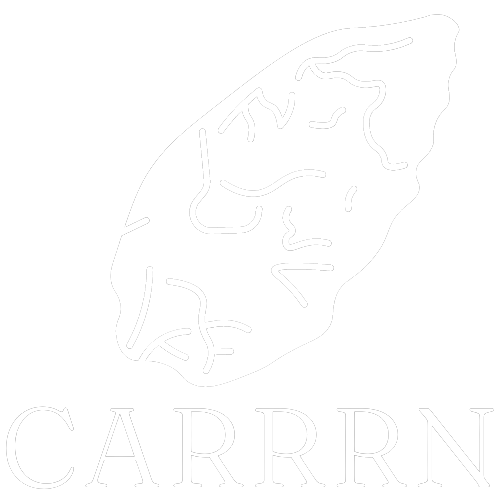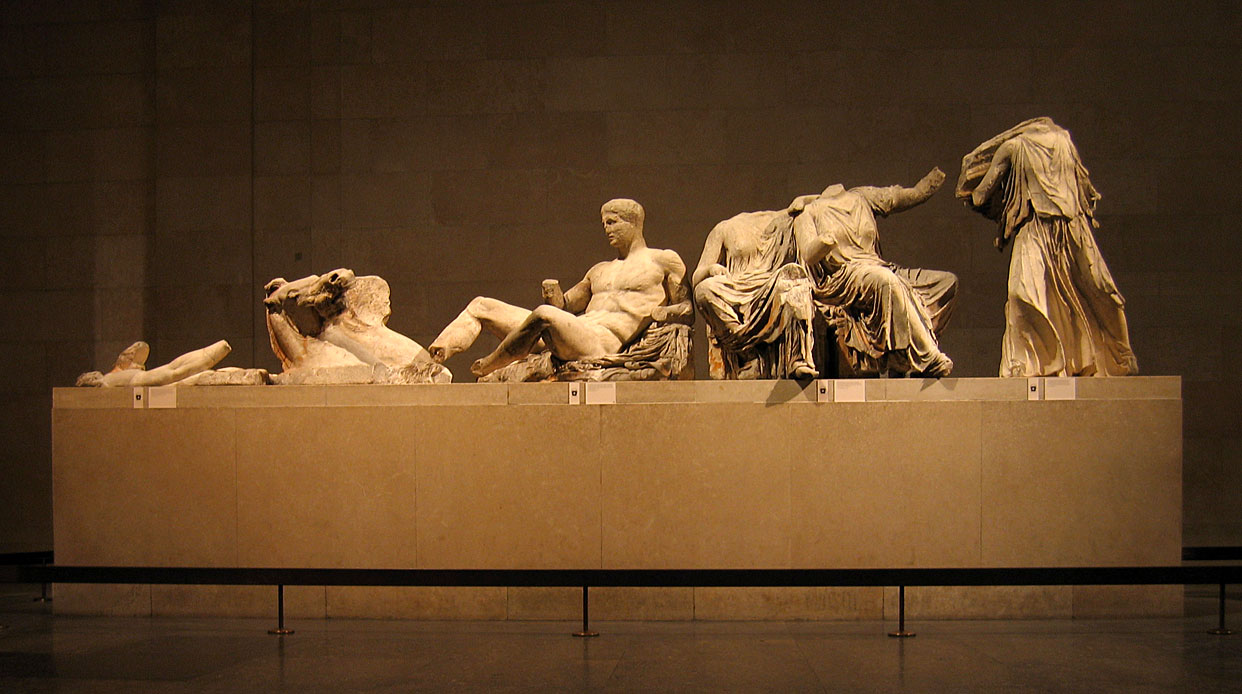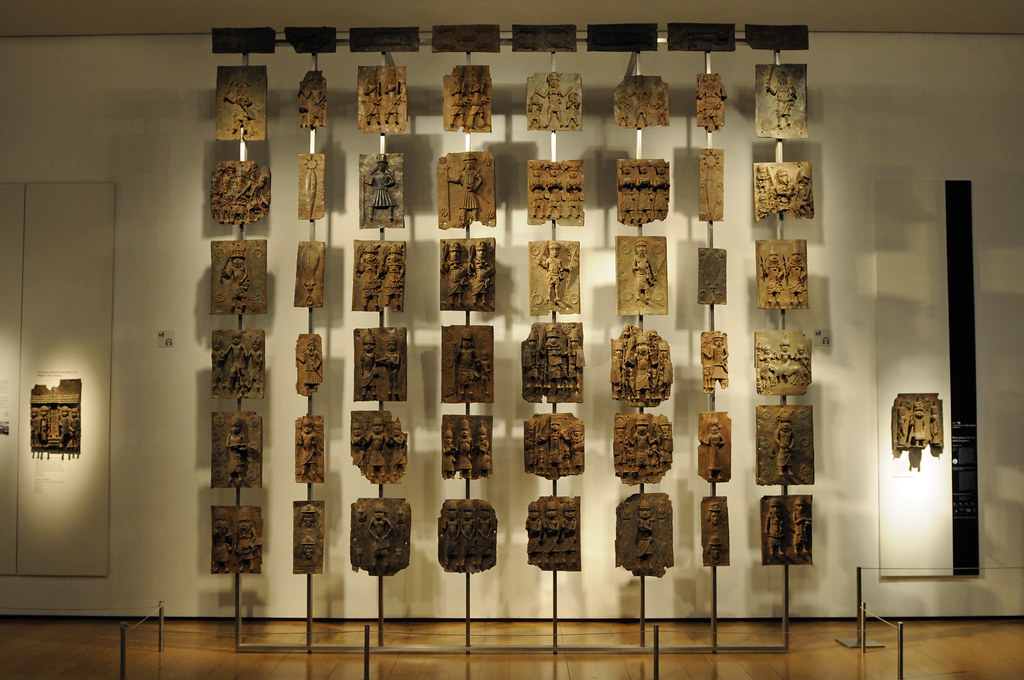Preserving cultural artifacts is a complex and evolving endeavor, requiring innovative approaches to recovery, documentation, and dissemination of knowledge. In recent years, technology has emerged as a powerful tool in the field of cultural artifact recovery. From advanced imaging techniques to digital databases, technology is revolutionizing the way we identify, document, and protect these treasures. In this article, we explore the pivotal role that technology plays in cultural artifact recovery and documentation, and how it enhances our understanding and preservation of our shared heritage.
Digital Imaging and 3D Scanning: One of the remarkable contributions of technology to cultural artifact recovery is the use of digital imaging and 3D scanning. This section examines how these technologies enable detailed and accurate documentation of artifacts, allowing researchers and experts to study and analyze them remotely. It also highlights how 3D scanning facilitates the creation of virtual replicas, aiding in artifact preservation and educational outreach.
Geographic Information Systems (GIS) and Mapping: Technology, specifically Geographic Information Systems (GIS), plays a crucial role in the identification and tracking of cultural artifacts. This section discusses how GIS enables the mapping and visualization of artifact locations, aiding in the identification of looted or stolen pieces. It also explores how GIS helps to analyze patterns of artifact distribution and supports the planning of recovery efforts.
Digital Databases and Inventories: Technology has revolutionized the way cultural artifacts are documented and cataloged. This section explores the development of digital databases and inventories, which serve as comprehensive repositories of information on stolen or displaced artifacts. It highlights how these databases streamline the recovery process by providing centralized access to critical data, facilitating collaboration among researchers, and assisting in provenance research.
Artificial Intelligence (AI) and Machine Learning: Artificial Intelligence (AI) and machine learning have made significant advancements in cultural artifact recovery. This section explores how AI-powered algorithms can analyze vast amounts of data, such as historical records, auction catalogs, and museum collections, to identify potential matches and trace the origins of looted artifacts. It also discusses the role of machine learning in automating the identification and classification of artifacts, speeding up the recovery process.
Online Platforms and Crowdsourcing: Technology has brought people together through online platforms and crowdsourcing initiatives, creating global networks of individuals passionate about cultural heritage. This section explores how these platforms facilitate the sharing of information, coordination of recovery efforts, and engagement with the public. It highlights the power of crowdsourcing in identifying artifacts, documenting their histories, and encouraging public participation in repatriation campaigns.
Preservation and Access: Virtual Museums and Augmented Reality: Advancements in technology have opened up new avenues for artifact preservation and public access. This section delves into virtual museums and augmented reality experiences, which allow users to explore and interact with cultural artifacts from anywhere in the world. It discusses how these immersive technologies enhance educational outreach, promote cultural exchange, and create virtual platforms for repatriated artifacts.
Technology has become an indispensable ally in cultural artifact recovery and documentation. Through digital imaging, GIS, databases, AI, crowdsourcing, and immersive experiences, technology offers new possibilities for identifying, preserving, and sharing our cultural heritage. Leveraging these tools, organizations like CARRRN can accelerate the recovery process, engage communities, and promote the repatriation of cultural artifacts. As technology continues to advance, we can look forward to even greater breakthroughs in our collective efforts to safeguard and celebrate our shared history.





